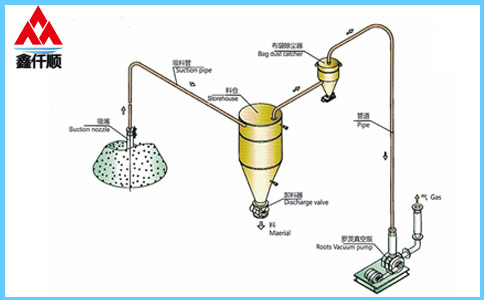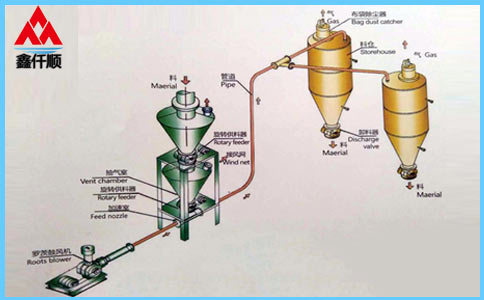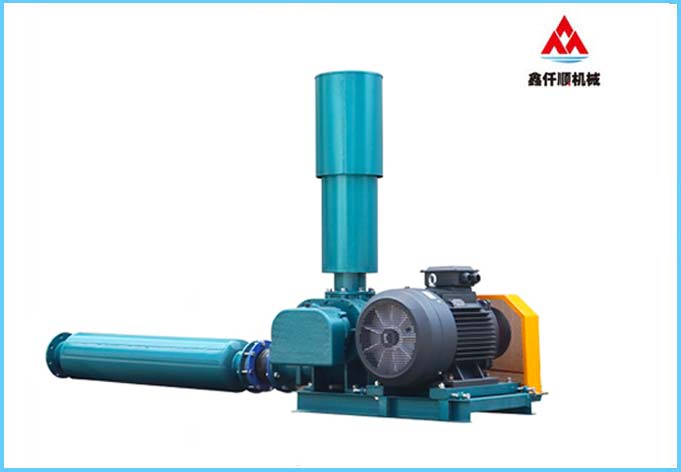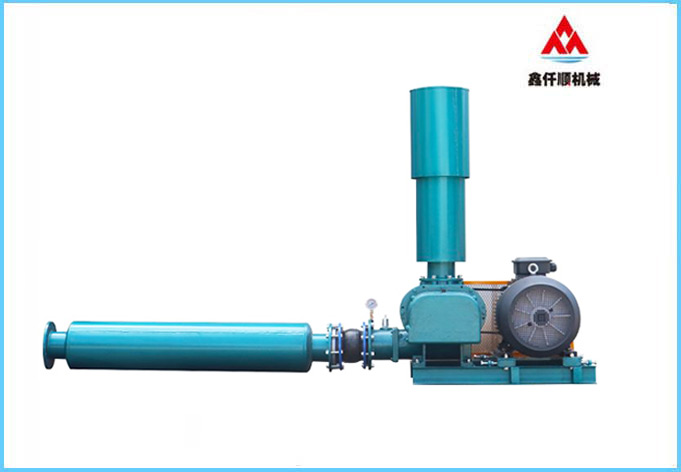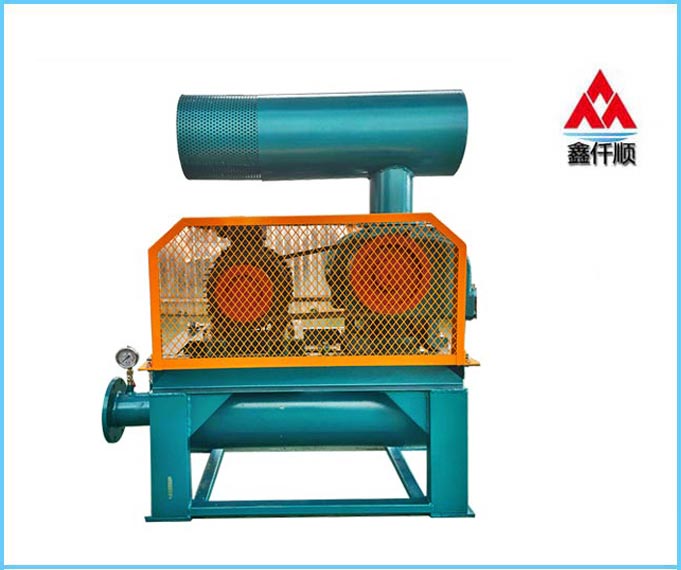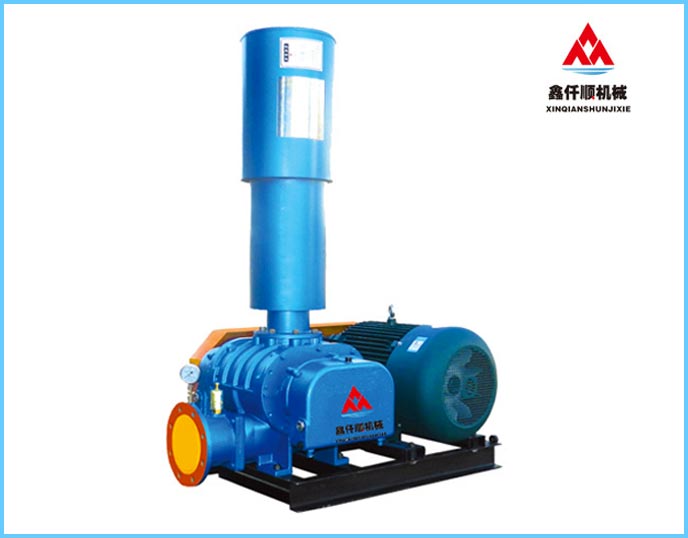It is normal that roots blower produces some normal noise during operation. As long as there is no abnormal change in the sound, there is no need to worry. If the working environment needs to be quiet, some noise elimination equipment can be used. Roots blower is a typical displacement blower, which converts the mechanical energy added by the prime mover into the pressure and kinetic energy of gas by changing the rotor volume.
Compared with the centrifugal blower, Roots blower has the advantages of high pressure head, small flow resistance, stable air supply, etc., but it generally has the disadvantages of low efficiency and high noise in the process of use. The maintenance and installation of the fan play an important role in reducing noise, and can not be ignored. You should take good care of Roots blower.
The noise generation mechanism of Roots blower is that there are different noise sources in the blower, but the generated parts are different, including: first, the aerodynamic noise at the input and output ports; Secondly, the mechanical chassis and the engine generate radiation noise; (3) Basic sound radiation of solid sound. Among these noises, the aerodynamic noise (called aerodynamic noise) from the input and output points is the strongest, while other noises such as mechanical noise and electromagnetic noise are secondary factors for the normal operation of the fan. By analyzing the spectrum of noise generated by Roots fan, it is found that its characteristic is low bandwidth. The noise of pneumatic fan basically consists of two parts: rotating noise and vortex noise.
Roots blower will produce noise during production and use. Roots blower contains a variety of noise sources, and its main noise generating parts are:
1. Aerodynamic noise radiated from air inlet and outlet;
2. Mechanical noise radiated by the casing, motor, bearing, etc;
3. Solid sound radiated by foundation vibration;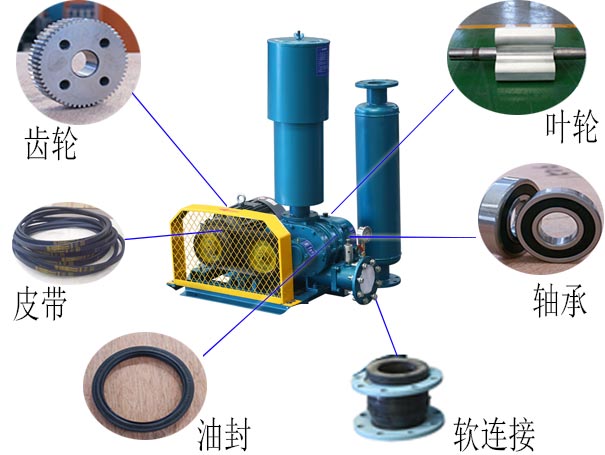
How to reduce the noise of roots blower:
1. Install silencer at the exhaust outlet of Roots blower, with built-in silencer insert.
2. Add sound insulation cover to roots blower fan to solve the noise of casing and motor. (In addition to meeting the sound insulation requirements, the fan acoustic enclosure shall also meet the ventilation and heat dissipation requirements of the fan itself)
3. Conduct overall vibration isolation treatment for fan foundation.
Noise Factors of Roots Blower Roots blower is a typical displacement blower, which converts the mechanical energy added by the prime mover into the pressure and kinetic energy of gas by changing the rotor volume. Roots blower has the advantages of high pressure head, small flow resistance, stable air supply, etc., but low efficiency The disadvantage of high noise.
I believe that after reading the above contents, you should also have a better understanding of the methods to reduce the noise of Roots blower. I hope it will be helpful to you.
Text term label: Roots blower
Link to this article: //wuhanzhcs.com/html/news/n02/669.htm


